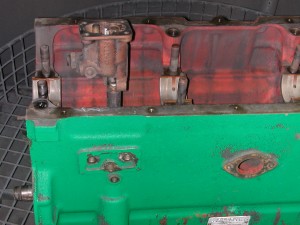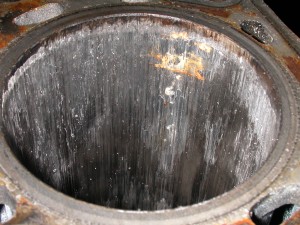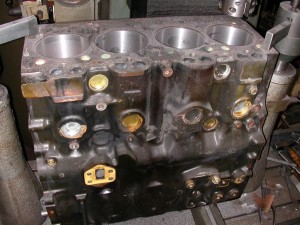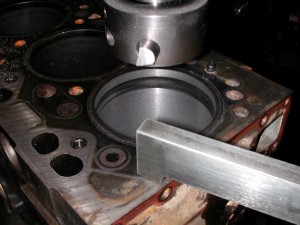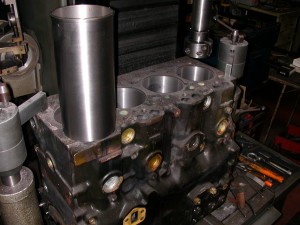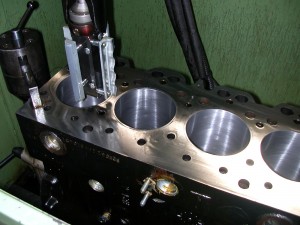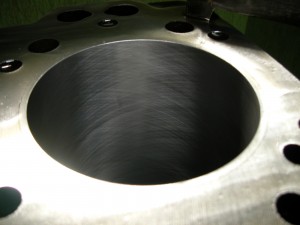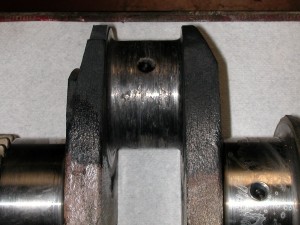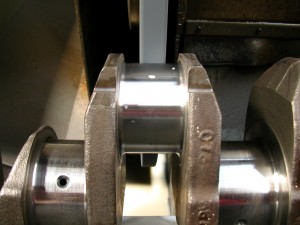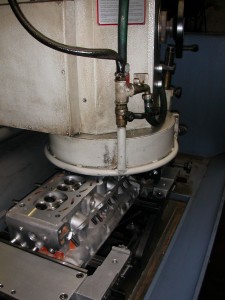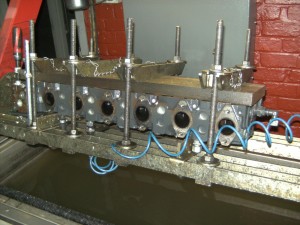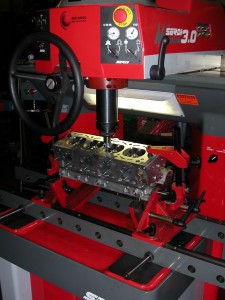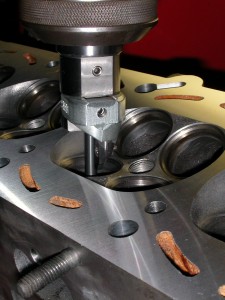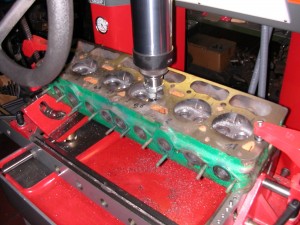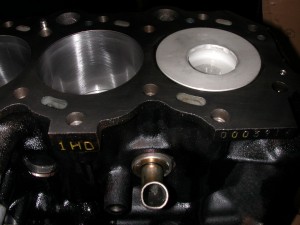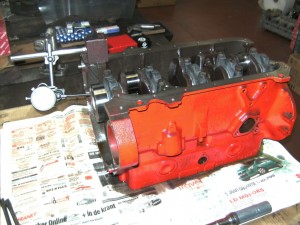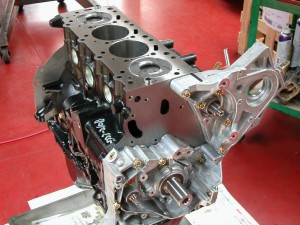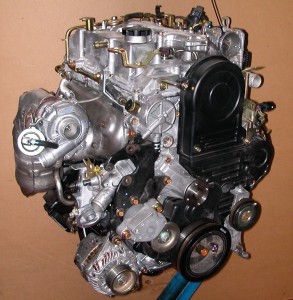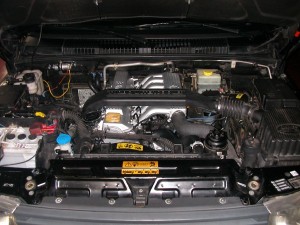Disassembly
After disassembly the engine is fully cleaned in an industrial washing machine. Then all parts are thoroughly inspected and a complete diagnosis is made.
Most common is wear of the cylinder walls. This is caused by the large number of up and down movements (some 100,000 times per hour). Contributing factors: poor cooling and / or lubrication.
If this wear becomes excessive, the compression pressure will fall and eventually the engine will no longer function properly.
Drilling the cylinder block
We always minimize the excess-diameter drilling.
If the wear is excessive or if this is a second overhaul for the engine, cylinder “liners” can be fitted.
Honing of the cylinder walls
The honing after drilling is a very precise operation that requires a lot of experience.
The honing profile must be perfect because it ensures the distribution of oil. If not done properly the cylinder can overheat due to lack of cooling or lubrication. The graphite veins in the metal should be safeguarded.
This operation is done with a specially designed machine and can only by accomplished by an expert.
Grinding of the crankshaft
Engine block and cylinder head surfaces
After drilling both the engine block and cylinder head must be flattened.. This operation is important because the engine block and cylinder head must fit perfectly together. We used a chisel or a grinder depending on the material the engine and cylinder head are made of.
We can do this for large engines and V-engines as well.
Cylinder head “hot” pressure test
To avoid unnecessary costs the cylinder head will be put under pressure first. If this test fails, the cylinder head is not worked on any further.
Cylinder head treatment
After flattening the cylinder head a few other operations are necessary. Replacing the valve guides, grinding and polishing of the valve seats and installing the valves.
The valve seat is a critical component of the engine. A common problem is valve leakage that will adversely affect the engine compression ratio and therefore the performance.
Pistons
The installation of the pistons must be done with great care. A wrong move can quickly result in a broken or damaged scraper spring.
Assembling the engine parts
Engine install
After testing the engine is installed with the greatest care.

